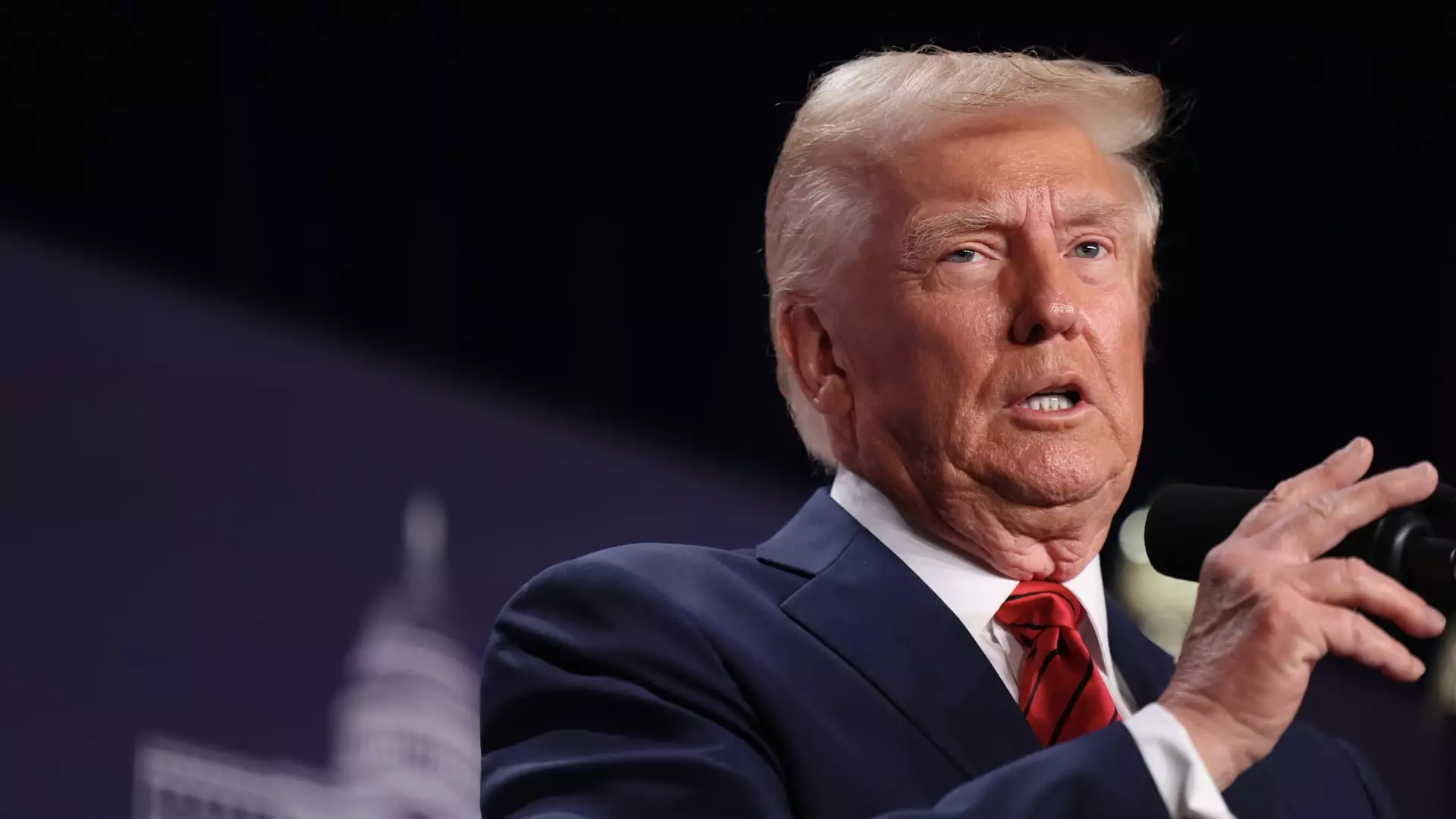The discussion surrounding tariffs has reignited in the United States under the administration of President Donald Trump. His persistent advocacy for imposing tariffs on imports from key trading partners such as Canada, Mexico, and China reflects a fundamental approach to protectionist economic policies. This article delves into the complexities and potential ramifications of these tariffs that are poised to affect the U.S. economy and its consumers significantly.
Proponents of tariffs argue that they are essential tools for protecting domestic industries and preserving jobs. For Trump and his administration, the reasoning hinges on an expectation that tariffs will bolster U.S. economic growth and industry. The White House has claimed that past tariffs contributed to job creation, wage increases, and investment growth without triggering inflation. However, this perspective is fraught with contention, and many economists caution against overestimating the benefits of tariffs.
Tariffs, fundamentally a tax on imported goods, shift the financial burden directly onto U.S. businesses importing from these countries. Economists, such as Mary Lovely from the Peterson Institute for International Economics, present a stark warning that it is “hard to find positives” associated with tariffs. They highlight the likelihood that businesses will pass on these costs to consumers, leading to an inevitable increase in prices across the board.
In 2022 alone, Canada, Mexico, and China accounted for significant portions of U.S. imports, providing goods worth approximately $536 billion, $455 billion, and $437 billion, respectively. A proposed 25% tariff on goods from Mexico and Canada, combined with a 10% tariff on China, raises concerns about cost implications. While the Trump administration suggests that these tariffs could generate up to $1.3 trillion in revenue by 2035, analyses by credible institutions indicate that the economic cost could far outweigh the benefits. Predictive models suggest that a 10% tariff on Chinese imports could drain $55 billion from the U.S. economy, while a 25% tariff on goods from Mexico and Canada could result in a $200 billion reduction in gross domestic product (GDP).
The most immediate victims of these tariffs, as many economists argue, will be American consumers. With China being a significant supplier of consumer goods, a tariff on these imports threatens to raise prices on everyday products such as electronics, apparel, and household items. Karoline Leavitt, a White House press secretary, highlighted that while the administration envisions growth through tariffs, the potential for increased consumer prices has raised eyebrows.
The goods market could face diminished choices, and if certain products are exempted from tariffs—like oil from Canada or agricultural products—this creates inconsistent market conditions that could confuse consumers and lead to uncertainty in purchasing decisions. Tariffs have the potential to disrupt supply chains, leading to not only higher prices but also fewer available options on retail shelves.
The possibility of escalating tariffs and retaliatory measures poses a significant risk to international trade relations. Economists warn that a trade war could ensue, leading to broader economic instability. Historical precedents indicate that nations like China are likely to retaliate, and trade dynamics could shift drastically as a result.
Mark Zandi from Moody’s pointed out that the potential for exemptions and carve-outs could mitigate some consumer impacts but ultimately underscores the uncertainties moving forward. Every product affected by the tariffs will have unique implications in terms of pricing and availability, leading to increased complexity in both domestic and international markets.
While the narrative around tariffs often points to job creation in certain sectors, the broader economic impacts reveal a more complicated picture. The notion that tariffs create more jobs has been met with skepticism. Lovel asserts that the capability of tariffs to generate jobs is “vastly overstated.” Industries reliant on steel, for example, may face sky-high input costs as a direct result of tariffs, leading to layoffs and reduced hiring in those sectors.
The balance of industries relying on steel production versus those utilizing steel is disproportionately in favor of the latter, suggesting that for every job “created” through steel tariffs, numerous jobs may be jeopardized in downstream industries.
The imposition of tariffs is a multifaceted issue with no clear-cut advantages. While the Trump administration and its supporters believe that tariffs can stimulate domestic industry and job growth, the broader consensus among economists highlights a range of negative consequences for the U.S. economy. Heightened prices, reduced consumer choices, retaliatory trade measures, and job losses loom as serious threats. As policymakers evaluate the future of trade relations, it is imperative to recognize and prepare for the complex landscape that tariffs unravel, advocating for more sustainable and balanced economic strategies that can safeguard both domestic industries and consumer interests.

